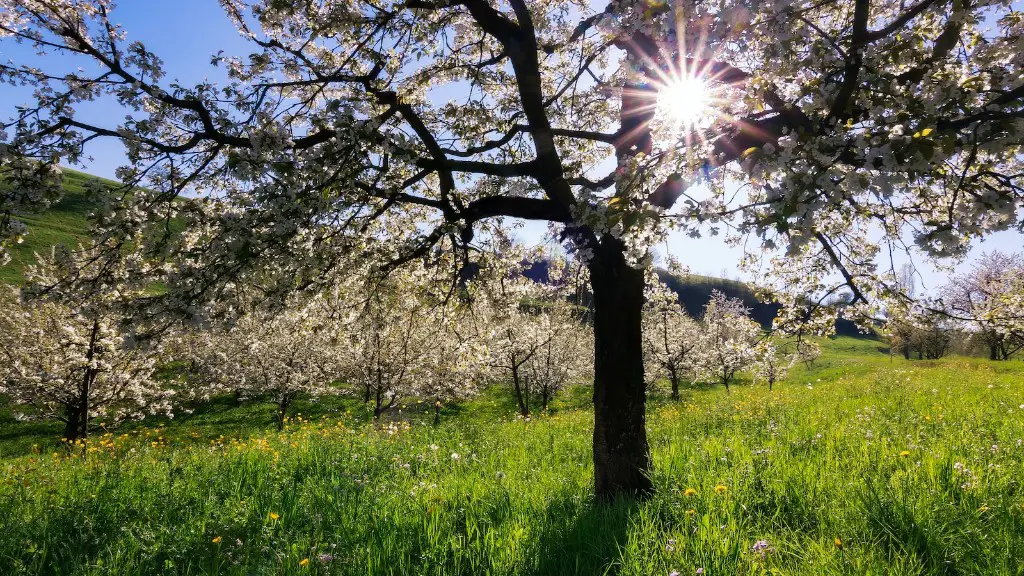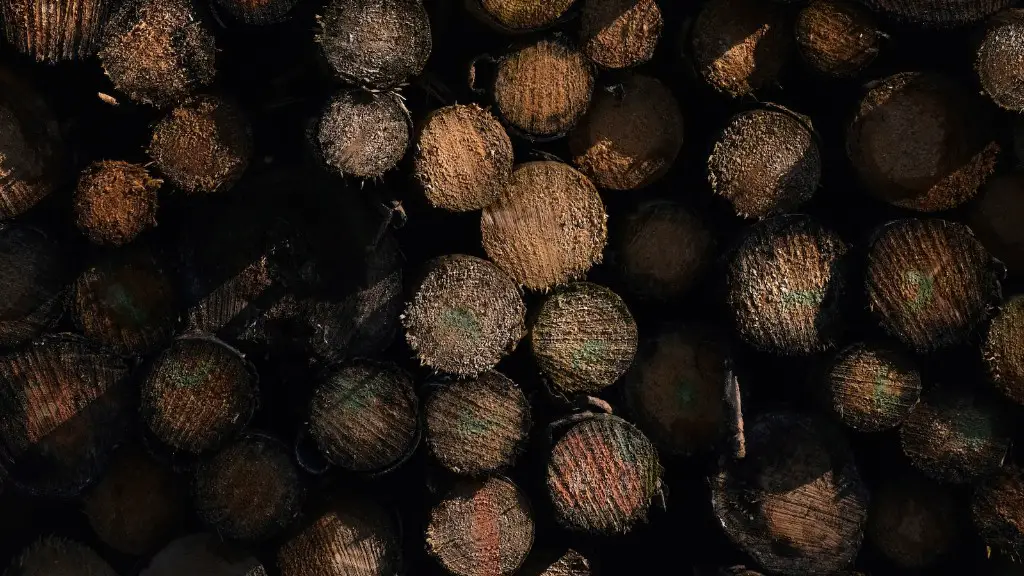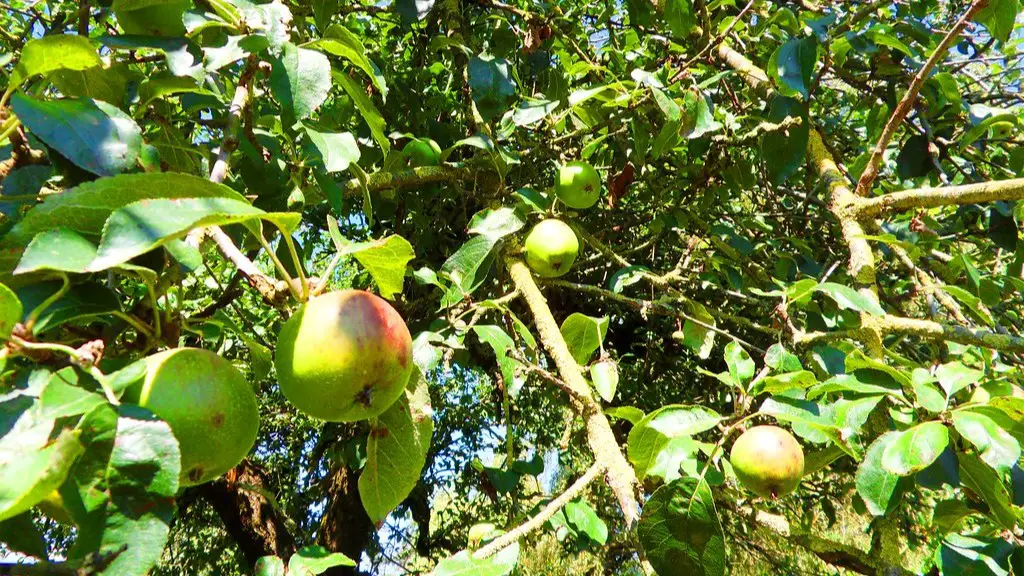A cherry blossom tree is a beautiful addition to any home, and with a little care, it can thrive for many years. Here are some tips on how to grow a healthy and prosperous cherry blossom tree:
Choose a sunny spot for your tree. Cherry trees need at least six hours of direct sunlight each day in order to produce blossoms.
Make sure the soil is well-drained. Cherry trees will not tolerate wet or soggy soil, so be sure to plant in an area that has good drainage.
Fertilize regularly. A cherry blossom tree needs consistent feeding in order to produce an abundance of blossoms. Use a slow-release fertilizer formulated for fruit trees, and apply according to the manufacturer’s instructions.
Prune in late winter. Once your tree is established, it will need to be pruned each year to encourage new growth and contain its size. The best time to prune is late winter, before new growth begins.
With a little love and attention, your cherry blossom tree will thrive and provide you with years of enjoyment.
There are a few things to consider when planting a cherry blossom tree. The first is to choose a location that gets full sun and has well-drained soil. Cherry blossom trees also prefer a slightly acidic soil, so if your soil is neutral or alkaline, you can add some sulfur or peat moss to the planting hole. Once you’ve selected the perfect spot, dig a hole that’s twice the width of the tree’s root ball and just as deep. Gently remove the tree from its container and loosen any roots that are circling the root ball. Place the tree in the hole and backfill with soil, tamping it down as you go. Water the tree deeply and mulch around the base.
Are cherry blossom trees easy to grow?
The Cherry Blossom Tree is a popular flowering tree because it is relatively easy to grow. It can grow in either full sun or mostly shade and can tolerate various soils and growing locations.
It takes cherry trees an average of 4 to 5 years to mature and produce a full crop. However, some varieties grow faster than others. When choosing a variety, consider how long it takes to reach maturity and how much fruit you want to produce.
Can you plant your own cherry blossom tree
Cherry blossom trees are a beautiful addition to any landscape, and with proper care, they can thrive for many years. When planting, be sure to choose a location with rich, fertile soil that is acidic rather than alkaline. Space your trees 10-20 feet away from each other or other structures or plants.
When digging the hole for your tree, be sure to make it roughly two feet around by one foot deep. Add some compost to the hole before planting to give your tree a boost. With proper care and attention, your cherry blossom trees will bring beauty to your landscape for years to come.
Cherry trees are notoriously difficult to grow from seed, but it is possible to do so with some patience and care. Start by putting two to three pits into a small container filled with planting medium and watering the seeds in. Keep the soil moist and wait for the cherry seedlings to sprout. When they are 2 inches (5 cm) tall, thin them out, removing the weakest plants and leaving the sturdiest seedling in the pot. With a little time and effort, you can successfully grow a cherry tree from seed.
How do you grow a cherry blossom tree from a branch?
To help your cutting grow roots, remove leaves from all but the top one-third of the stem. This will reduce water loss. Then, dip the stem in rooting hormones and plant in a container. Keep the container between 70 and 75 degrees Fahrenheit until roots have developed. This process usually takes two to four weeks.
The cherry blossoms are at a very delicate stage right now and are very vulnerable to cold temperatures. If the temperature drops below 27 degrees, the blossoms can start to sustain damage. At 24 degrees, up to 90% of the exposed blossoms can be affected. It is important to protect the blossoms from the cold to ensure that they can reach their peak bloom.
Can cherry blossoms be potted?
When planting a cherry tree in a pot, make sure the container is large enough and that the tree is a self-pollinating variety. Also, select a variety that is most suited to your region.
The Barbados cherry tree is a beautiful and fragrant tree that produces a delicious fruit. The tree grows to a height of 3-35 feet and has a life span of 4 years. The Barbados cherry is a sweet-tart fruit that is excellent for making jams, jellies, pies, and other delicious treats. The tree is native to the island of Barbados and is an important part of the island’s culture and economy.
Where is the best place to plant a cherry blossom tree
Different types of cherry trees have different requirements for sunlight and wind protection, but all types require moist, well-drained soil. Sour cherry trees are more tolerant of shade than sweet cherry trees. All cherry trees produce edible fruits, but the Morello cherry tree produces sour fruits that are especially popular for making pies and other desserts.
Cherry blossoms are one of the most anticipated events of the year in Japan. The season is short, lasting only a few weeks, and is always dependent on the weather. Early March to early April is generally a good rule of thumb when you’re looking at the calendar and hoping to see blooms.
Can cherry blossoms grow in the US?
Yes, cherry blossoms grow in the United States. Washington, DC, is the most famous location for viewing cherry blossoms, but you can also find them in many other US cities.
Ornamental cherry trees are a great addition to any garden. They are relatively low maintenance and can thrive for 20 to 40 years. Most varieties have pink blossoms, but there are also some with white blossoms that can add extra brightness to the garden.
What season do you plant cherry blossom trees
Flowering cherry trees are best planted in early fall, when the weather is cooler and the trees are dormant. This is the ideal time to plant bare-root trees. Container-grown trees can be planted in either fall or spring, after the last frost.
To plant cherry seeds, fill a small pot with well-draining potting mix and lightly mist it. Place the seeds on the surface of the mix and then cover them with another layer of mix. Water the pot and place it in a warm, sunny spot. Keep the soil moist but not soggy and in about four to six weeks, the seeds should sprout. Once they do, thin out the seedlings, leaving only the strongest one or two in the pot.
Can you just plant a cherry seed?
Cherry trees are generally propagated by grafting or budding. This is because named cultivars will not come true from seed. Trees grown from seed or cuttings will be much larger trees than those grafted onto a chosen rootstock, and will be slower to start fruiting.
To remove the pits from fresh cherries, first remove as much of the fruit as possible. Then allow the seeds to dry in a warm, dry place out of direct sunlight for a few days. Once dry, wrap the seeds in a slightly damp paper towel or sphagnum moss and place in a plastic bag or glass jar.
Conclusion
There are a few things to consider when growing a cherry blossom tree. The first is finding a variety that will do well in your climate. Some varieties are better suited for colder climates while others do best in warmer climates. Once you’ve selected a variety, you’ll need to plant your tree in an area that gets full sun and has well-drained soil. Water your tree regularly, especially during the first few years after planting. Fertilize your tree yearly using a fertilizer made specifically for fruit trees. Prune your tree annually to encourage new growth and to keep it from getting too large. With proper care, your cherry blossom tree will thrive and provide you with beautiful blooms each spring.
Cherry blossom trees are a beautiful addition to any landscape. By following the simple tips outlined in this article, you can successfully grow your own cherry blossom tree. With a little patience and care, you can enjoy the beauty of these lovely flowers for years to come.





